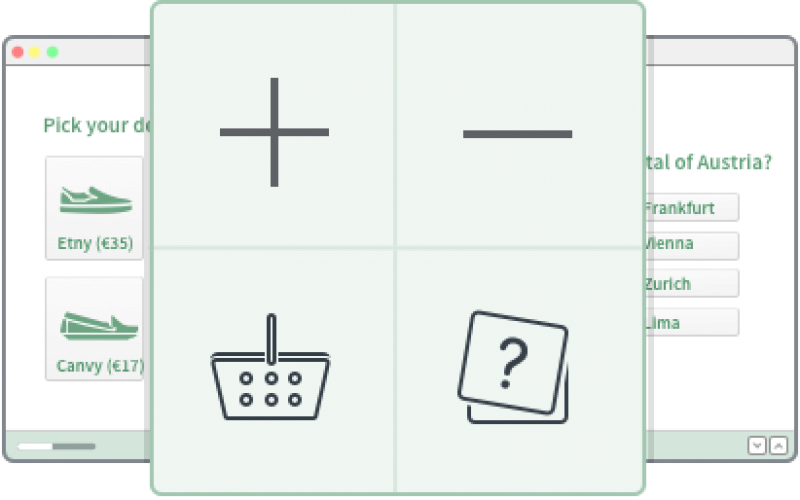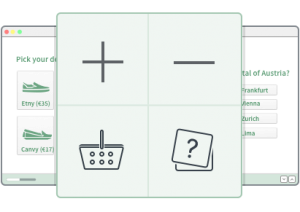

Innovation always starts with a problem, and we need to understand our customers’ to come up with the best solutions to meet their needs. One way is understand your customers’ needs is through creating customer surveys.
Surveys can be quick and cheap and a good starting point to find out more about your audiences. Tools like SurveyMonkey and Typeform can get you up and running in minutes, so you don’t need to spend much time or resource to get a survey together.
Surveys also come with a health warning. Henry Ford’s famous quote comes to mind:
“If I asked people what they wanted, they would have asked for a faster horse.”
That is, what people say and do can be different, so make sure you set aside time to carefully construct your questions and analyse the survey’s results to carefully think through how you apply the results to your business.
You can gain a lot of knowledge from surveys that can help you succeed at innovation, but you need to approach surveys in the right way. Here are some tips to get the most from creating customer surveys and ensure they get a high response rates and reveal valuable insights from your customers.
Start With Why
Be absolutely clear on the purpose of your survey. What do you hope to find out? Being clear on how you will use the data and what decisions you hope to impact with the results of this survey will help you construct meaningful questions.
Think About How
How you conduct the survey, e.g. online, telephone or face-to-face, will depend on the availability of lists the market and audience you want to research, timing and budget. For example, online is the least expensive.
Define The Who
The bigger the sample the more accurate your findings will be. Who you target will depend on your why, you can use your internal lists or buy list data from a reputable broker. Be mindful of your sample demographic and size when analysing your results. There are online tools that you can use to recruit participants *
Keep It Short and Focused
Short surveys have higher response rates, more people complete them. If your survey is too long people lose interest halfway through or make up responses in a rush to get to the end. Focus on the purpose of the survey don’t include any questions that do not help you achieve your objective. Research shows that any more than 10mins and you lose people.
Keep It Simple
Use simple language with no jargon or acronyms. Keep the questions specific, short and direct. Use closed questions, with multiple choice or scale ratings. Scales give more insight than yes or no, and remain simple to analyse. Open questions will give more insights and are harder to analyse.
Keep It Consistent
Think about the logical flow of the survey, start with the easier to answer questions and put sensitive questions at the end. Think about the tone and ensure consistency of both language and the rating scales.
Explain Why
Be clear on why the person might want to fill in the survey and why they have been picked. What is in it for them? For example their feedback will help you do a better job for them. Explain why you want their personal information, e.g. to tell them about offers that they might like and explain how their personal information will be used.
Think About When
Think about your audience. When is the time that you will get the best response from them? The highest open and click rates for online is Monday, Friday and Sunday according to email marketing company Vertical Response. Set a clear deadline and send reminders to those that haven’t completed the survey
Provide An Incentive
Giving an incentive boosts response rates. It has to be appropriate for the audience and at the right level. Overly large incentives may skew results and people just rush through the survey focused purely on the incentive.
The Best Always Test
User test the survey with colleagues or the target audience before rolling it out to the masses so that you spot any errors.
That’s my top tips for creating customer surveys. But what else do you recommend people keep in mind when creating their own surveys? Leave your thoughts in the comments below!
Image credit: Typeform
